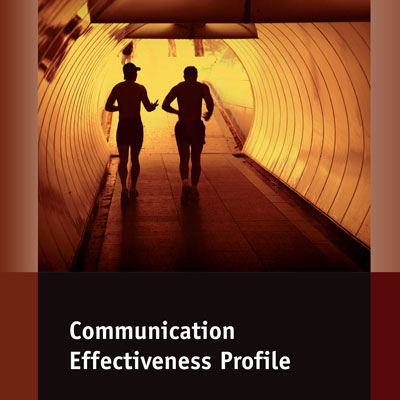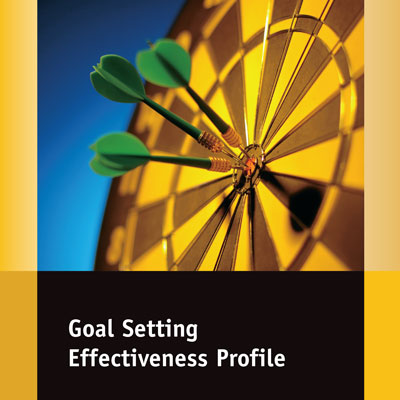Description
Because we have conversations every day, we can take the art of communication for granted. While communication can be easy – if we understand and follow a few simple principles when it really counts – most of us still tend to do it in a way that leaves a lot to be desired.
With some thought and practice we can aspire to communicate like a master artist but if we don’t take the time to practice and refine our communication, it can turn out more like a child’s finger painting.Unfortunately, there is no formula for effective face-to-face communication: you can’t turn out a masterpiece, painting by numbers. However, like art, there are some fundamental commonsense principles. By understanding these principles and then learning to apply them flexibly according to each situation, you can create good art, even masterpieces, every time you communicate.
- Research has shown that there are seven categories that contribute to effective communication. These are:
- Empathizing
- Receiving
- Clarifying
- Understanding
- Reading non-verbal clues
- Feedback giving and receiving
- Transmitting your message
This competency-based instrument has been designed to help you understand more about your relative skills in each of these critical areas, and to give you a picture of your overall ability to communicate effectively. This will help you determine where to target your development activities in order to improve your skills. Although primarily intended as a self-assessment instrument, the questions have been worded so this tool can also be used in a 180 or 360-degree feedback process where several respondents complete an instrument on the same person.
Other helpful resources in this area include the Effective Communication Coaching Guide with Storyboard.





Reviews
There are no reviews yet.